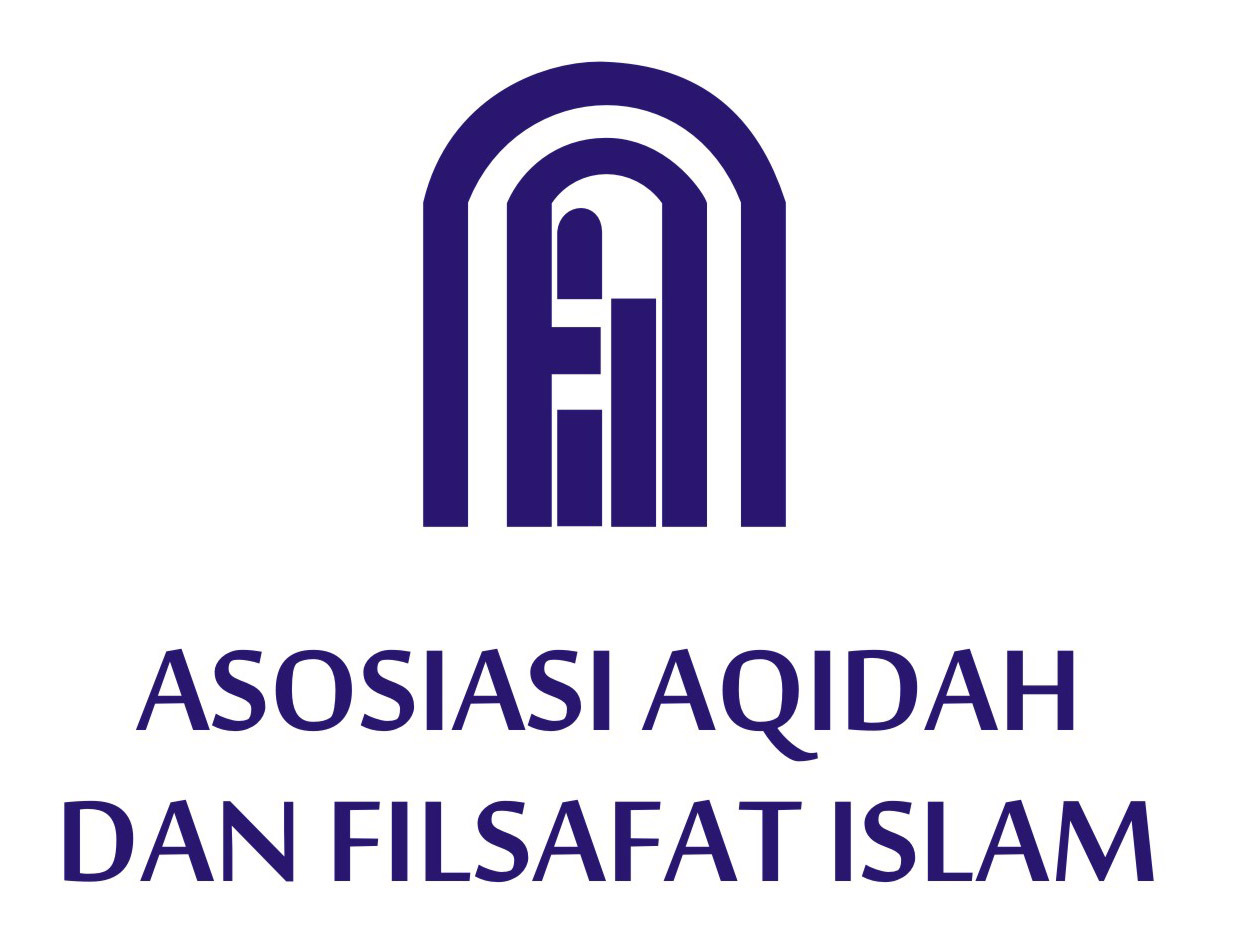Constructing Third Space In A Multi-Religious Society: Interreligious Relations In Kalimantan Tengah, Indonesia
Abstract
A growing body of literature has given shape and voice to the emerging field of interreligious studies. However, most of related studies have tended to focus on the relations between religious communities in Western countries. The scholars have not given adequately attention to the richness and complexity of the relations among different religious communities in Asian region and possibility of theoretical and practical contributions to interreligious relations. This article seeks to analyzes the interreligious relations among different religious communities in Indonesia based on data generated through interviews with Muslim, Christian and Kaharingan communities in Indonesia. Employing the concept of Third Space, this article focuses on the performance of interreligious relations between Muslims, Christians, and the adherents of local religion of Kaharingan in Kalimantan Tengah province, Indonesia. It explains the the third space issue in the narrative of interfaith relations and the third space in the practice of interreligious relations in the region. This study find that the diverse religious communities in Indonesia practice a peaceful and co-existence life, which is strongly inspired and driven by shared particular social-cultural contexts of rich treasures and precious tradition of cultural heritage in the forms of Indonesian communalism and community spirit. It concludes that the diverse religious communities create “third spaces”, as common grounds between them which are shared at individual, institutional and societal levels.
Full Text:
PDFReferences
Bhabha, Homi. The Location of Culture. London & New York: Routledge, 2004.
Buber, Martin. Between Man and Man. Diterjemahkan oleh R.G. Smith. London & New York: Routledge, 2002.
———. I and Thou. Edinburgh: T&T Clark, 1987.
Cheetam, David, Douglas Pratt, dan David Thomas. Understanding Interreligious Relations. Oxford: Oxford University Press, 2013.
Fuss, Diana. Essensially Speaking: Feminism, Nature & Difference. New York: Routledge, 1991.
Hedges, Paul. “Editorial Introduction: Interreligious Studies.” JASR Vol. 27, no. 2 (2014): 127–31.
———. “Interreligious Studies.” Disunting oleh Anne Runehov dan Lluis Oviedo. Encyclopedia of Sciences and Religions. New York: Springer, 2012.
———. “Interreligious Studies: A New Direction in the Study of Religion?” Bulletin of the British Association for the Study of Religions, 2014, November edisi.
Leirvik, Oddbjörn. Interreligious Studies: A Relational Approach to Religious Activism and the Study of Religion. London: Bloomsbury Academic, 2014.
———. “Interreligious Studies: A Relational Approach to the Study of Religion.” Journal of Interreligious Studies Vol. 13 (2014): 15–19.
Levinas, Emmanuel. Of God who Comes to Mind. Diterjemahkan oleh B. Bergo. Stanford, California: Stanford University Press, 1998.
Meredith, Paul. “Hybridity in the Third Space: Rethinking Bi-cultural Politics in Aotearoa/New Zealand.” Massey University, 1998.
Patel, Eboo. “Toward a Field of Interfaith Studies.” Liberal Education Vol. 99, no. 4 (t.t.): 2013.
Ruslan, Idrus. “Dimensi Kearifan Lokal Masyarakat Lampung sebagai Media Resolusi Konflik.” KALAM Volume 12, no. 1 (2018): 105–26.
Stanton, Joshua. “Inter-religious Studies: A Field of its Own?” Huffington Post, t.t. http://www.huffingtonpost.com/joshua-stanton/interreligious-studiesco_b_4827043.html.
Wekke, Ismail Suardi. “Harmoni Sosial dalam Keberagaman dan Keberagamaan Masyarakat Minoritas Muslim Papua Barat.” KALAM Volume 10, no. 2 (2016): 295–312.
Wijsen, Frans J.S. Seeds of Conflict in a Haven of Peace: From Religious Studies to Interreligious Studies in Africa. London & New York: Rodopi, 2007.
———. “There are Radical Muslims and Normal Muslims’: An Analysis of the Discourse on Islamic Extremism.” Religion 43, no. 1 (2013): 70–88. https://doi.org/10.1080/0048721X.2013.742745.
DOI: http://dx.doi.org/10.24042/klm.v12i2.3394
Refbacks
- There are currently no refbacks.
Copyright (c) 2018 KALAM
KALAM [ISSN: 0853-9510, e-ISSN: 2540-7759] published by Faculty of Ushuluddin and Religious Study, Universitas Islam Negeri Raden Intan Lampung in collaboration with Asosiasi Aqidah dan Filsafat Islam (Islamic Theology and Philosophy Association)
Office: Faculty of Ushuluddin and Religious Study, Universitas Islam Negeri Raden Intan Lampung. Letkol H. Endro Suratmin Street, Sukarame, Bandar Lampung, Lampung, Indonesia, Postal code 34513. Website: http://ejournal.radenintan.ac.id/index.php/kalam, Email: [email protected].
 This journal is licensed under a Creative Commons Attribution-ShareAlike 4.0 International License.
This journal is licensed under a Creative Commons Attribution-ShareAlike 4.0 International License.


